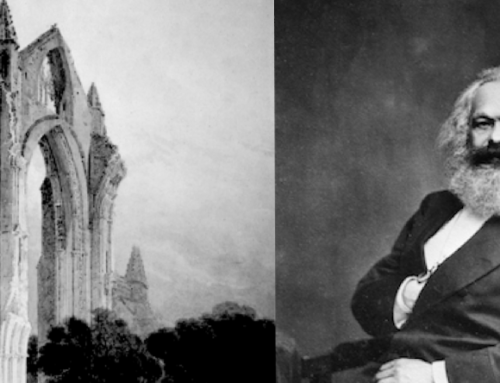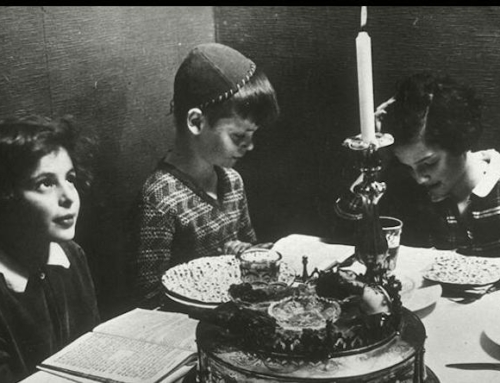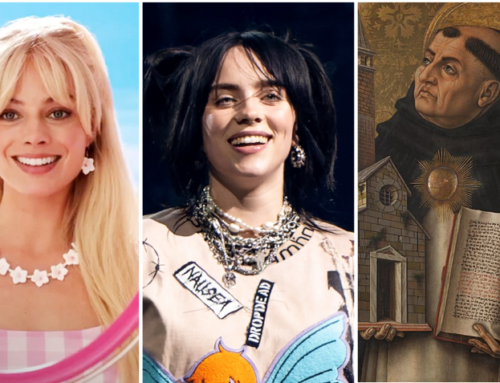Attention artistic vandals!
Looking for a cozier creative medium than graffiti? Try yarn bombing, the urban art that bedecks everyday objects (traffic posts, bicycles, city busses, etc) with colorful displays of crocheted yarn. Although steeped in the ideological debates of the times, yarn bombing at root attempts to undermine the common perception of knitting with more artistic uses of yarn.
By filling impersonal street environments with the warmth that only yarn can give, yarn bombers strive to prove that knitting has a rightful place among the fine arts. Hailing from all over the world, these fabric-enthusiasts unite threads under their unofficial slogan, “to knit is to beautify,” motivated by a common mission: to move knitting needles out of the “crafts” aisle and into the “arts” section of your local Michaels.
But not all knitters approve.
In the eyes of many “serious knitters” (as members of The Knitting Guild Association refer to themselves), yarn bombing mortally threatens knitting as a traditional, artisanal craft. For, with their focus on beautification and creativity, many yarn bombers have simply forgotten how to knit.
Magda Sayeg, the inventor of yarn bombing, admits as much in her 2015 TED Talk: “A lot of people think that I am a master knitter, but I actually couldn’t knit a sweater to save my life.” Similarly, many yarn bombing groups show no interest in the actual production of their fabric-masterpieces. In the words of Yarn Bombing Los Angeles: “Some of us don’t actually knit or crochet at all!”
This attitude dismays Guild Knitters, who devote their lives to safeguarding and mastering the ancient techniques that consistently create those high-quality yarn-products that for so many years have stood as a testament to the integrity of their craft. For them, the glory of knitting is not found in the beautification of public space, but in the productive skill and practical wisdom of the expert craftsman.
The question lingering in the back of everyone’s mind is: Who will be the knitters of the twenty-second century? The urbanly artistic non-knitters, or the skilled servants of a dying trade? Only time will tell. For the meantime, creative vision rages against technical craftsmanship in these surprisingly polemical subcultures of knitting.
I highly doubt that the Psalmist took any of this into account when he described God as a knitter:
“You formed my inmost being, you knit me in my mother’s womb” (Ps 139:13).
But, believe it or not, the war between the “urban yarn artist” and the “serious knitter” can help us to unpack this delicate, biblical description of our Creator. For it effectively (even if flippantly) illustrates two aspects to God’s act of creation: the productive and the aesthetic.
One the one hand, God is like a Guild Knitter. He is the expert craftsman who fashions (from nothing—ex nihilo) the very being of all things that exist. Whether it be a lotus flower, a door hinge, the Spanish language, an anteater, your parents, or Mount Vesuvius—God forms the inmost being of all these creatures, knitting together their very existence by the skill of his hands.
But God is also (to use a very loose metaphor) a yarn bomber. He not only produces the being of all things, but he also fills them with life, color, warmth—breathing into them an artistic splendor that in some way mirrors his own divine beauty. For God is the cosmic artist, who in casting form into the world, in a sense paints his own self-portrait, hidden in creation’s natural beauty.
When we think of this “beauty of creation,” there are some stock images that immediately come to mind: waterfalls, sunsets, new-fallen snow, mountain ranges, galaxies, and the like. We are—or at least I am—quick to associate “God’s wonderful creation” with things you might find in a Planet Earth panorama. And there’s nothing wrong with that.
However, the “knitting” verse from the psalms directs our contemplation elsewhere, illuminating a privileged place in creation where we can especially spy the image of the Creator’s divine beauty:
“You knit me in my mother’s womb.”
In the created world, the image of God’s beauty shines most radiantly in the face of an infant (or any human person, for that matter). Whether serene or agitated, smiling or screaming, the soul of a child carries in its essence the image and likeness of God more wondrously than any mountain range, ocean surf, or evening star.
This is why the Psalmist—even should he descend into the depths of Sheol with his life’s thread unravelling—crafts his hymn into a song of praise:
“I praise you, because I am wonderfully made” (Ps 139:14).
✠






